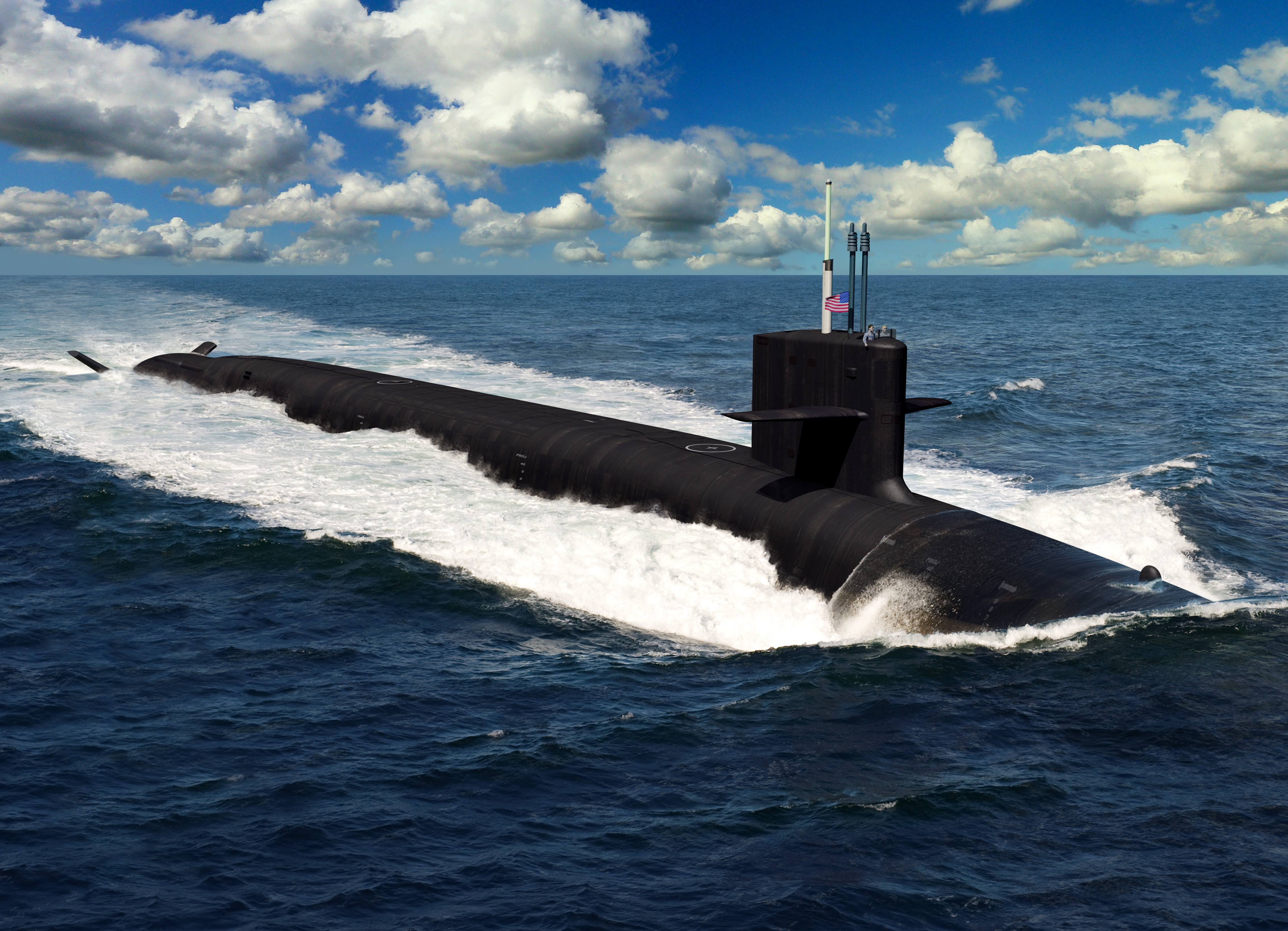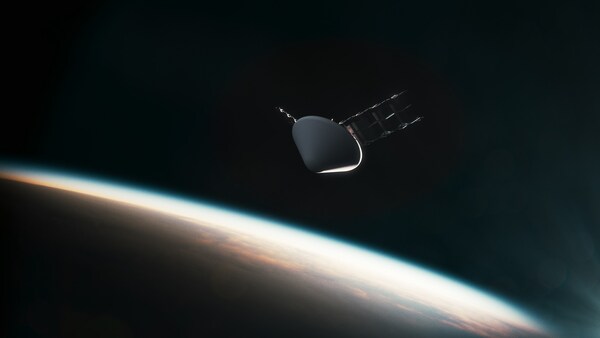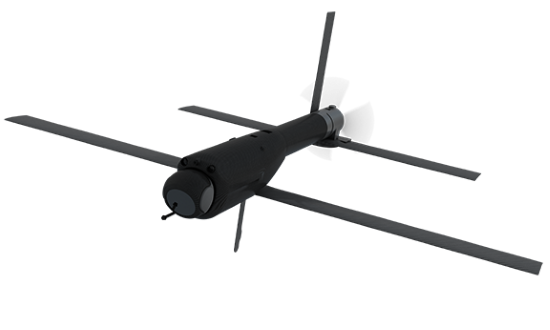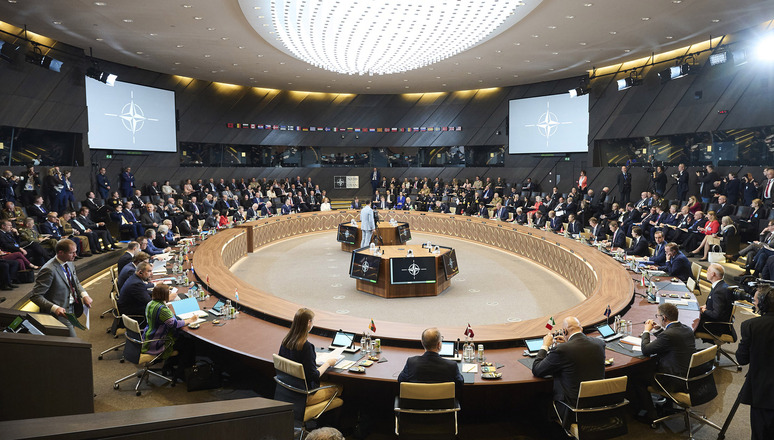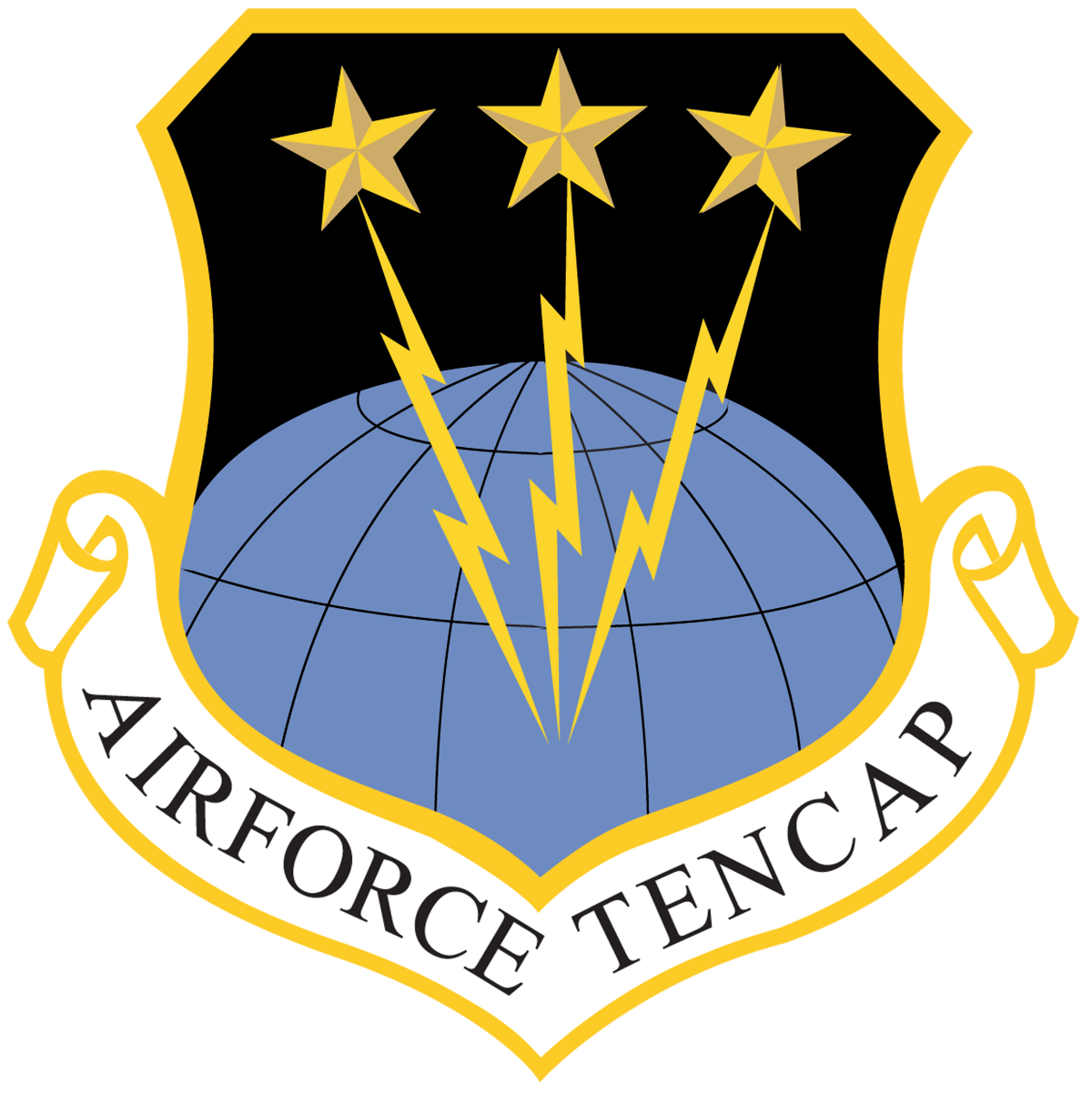The Columbia-class nuclear ballistic missile submarine (SSBN) is now running two years behind schedule, slower than reported earlier this year, Navy officials told lawmakers this week.
The Navy says its highest priority program is the Columbia-class, starting with the future USS
District of Columbia (SSBN-826), which it intends to gradually replace the aging Ohio-class SSBNs.
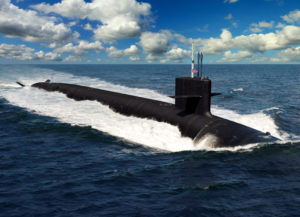
Acting Chief of Naval Operations Adm. James Kilby told the Senate Appropriations defense subcommittee on June 24 that they are currently on pace for SSBN-826 to deliver about two years late, by March of 2029, but that “we are trying desperately to claw back that schedule. I work with the PEO, as does the Secretary, on where there’s opportunities there to move that to the left.”
The two-year mark is later than what Navy officials told lawmakers two months ago.
In their written opening statement for a Senate Armed Services seapower subcommittee hearing on April 8, Navy program officials said SSBN-826 was over 50 percent complete but it was running a year and a half behind schedule (Defense Daily, April 14).
Kilby said he is optimistic they will shorten the remaining timeline, but that March 2029 is the current schedule. “I’m going to try to pull it to the left to deliver it earlier.”
Sen. Jack Reed (D-R.I.) also asked if the $1.93 billion in advanced procurement funding in the fiscal year 2026 budget request is enough to get the submarines on a better schedule, given how there is no further funding in the reconciliation bills.
“I believe it will, sir. But again, we have to make the industrial base do what it’s designed to do. So that is going to require a lot of work on both sides of the government and industry to make that happen, and we’re committed to that work,” Kilby responded.
The Navy has said SSBN-826 must be ready to start its first patrol by fiscal year 2031 to make up for retiring Ohio-class submarines and in April officials estimated the the District of Columbia would be ready around 2029 before accounting for testing and certification.
The service has also looked into and is planning to extend the life of several Ohio-class SSBNs long enough to hedge against Columbia-class delays.
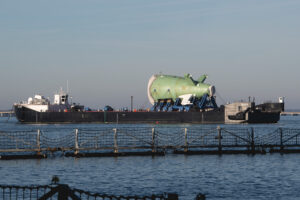
Previously, in 2024, the former executive director of the Program Executive Office for SSBNs said the Navy would have the boat ready on patrol in 2030 even if the path was hard and it was on track to deliver only 12 months late, up to a year faster than it is projected now (Defense Daily, Nov. 18, 2024).
Former Secretary of the Navy Carlos Del Toro’s shipbuilding review from April 2024 noted the Columbia-class is 12 to 16 months behind schedule (Defense Daily, April 3, 2024).
In 2024, a Government Accountability Office (GAO) report noted persistent design and construction challenges for the new submarine led to schedule delays and argued cost growth would likely worsen in the later construction stages (Defense Daily, Oct. 2, 2024).
Reed also noted the Navy’s FY ‘26 request for Virginia-class attack submarines (SSN) is $816.7 million for one boat because it assumes $6.5 billion in another submarine from the reconciliation bill even though both Senate and House versions online include $4.6 billion for one additional SSN in FY ‘26.
When he asked if this is enough to push industry and the Navy to get to its goal of two submarines per year, Kilby said while they are “working hard to get to that build rate that we need to, right now we’re at 1.1 subs a year. We’ve got to work hard to get exactly where you want to go. I’m not satisfied with it. The Secretary is not satisfied with it.”
Kilby reiterated he thinks the congressional funding to improve the industrial base and procure submarines will help them reach the two boats per year rate, “but we need to come back and report to you regularly on where we are with that build rate.”
General Dynamics Electric Boat [GD] is the lead contractor for the Columbia-class and Virginia-class submarines, with HII [HII] a major subcontractor.
